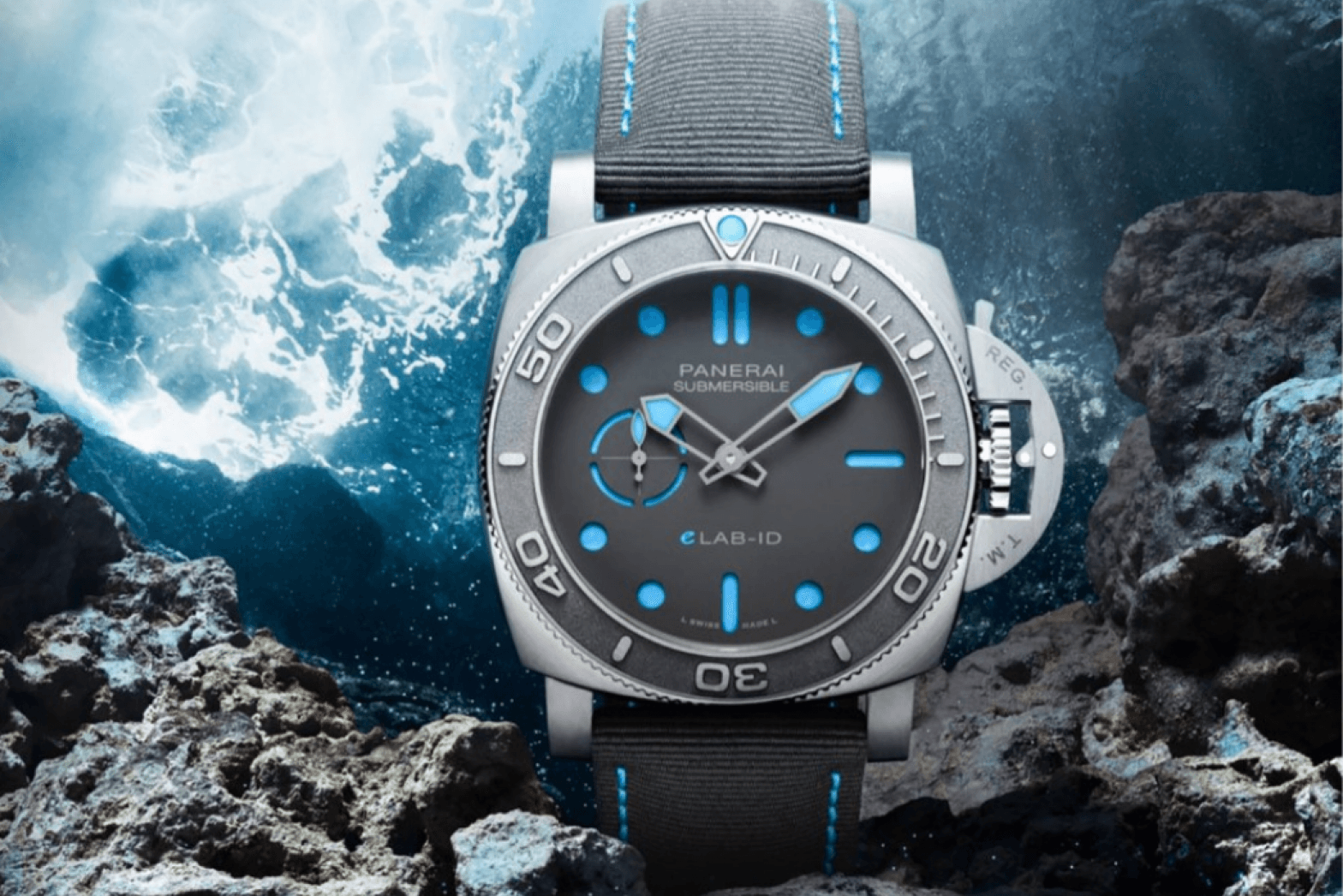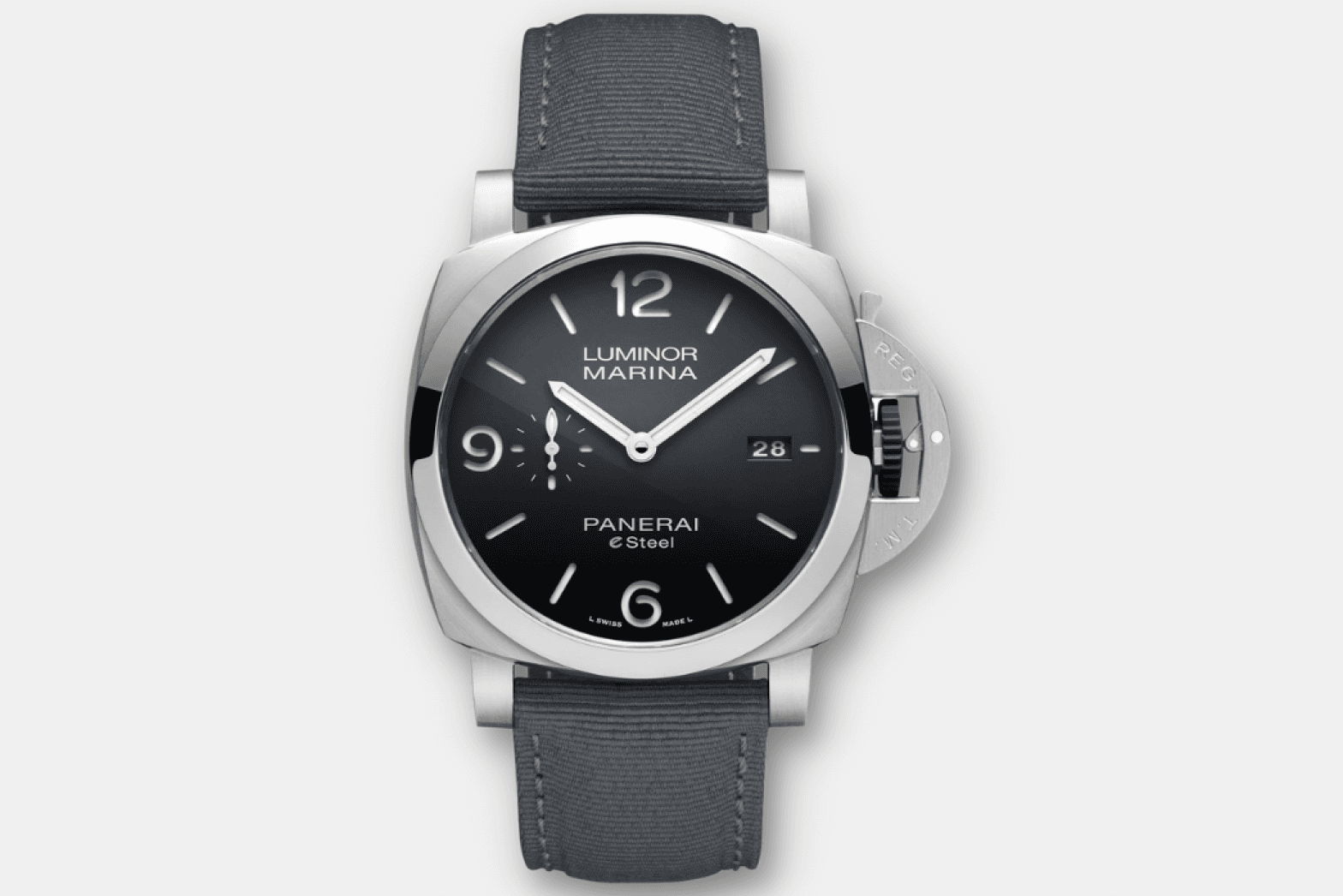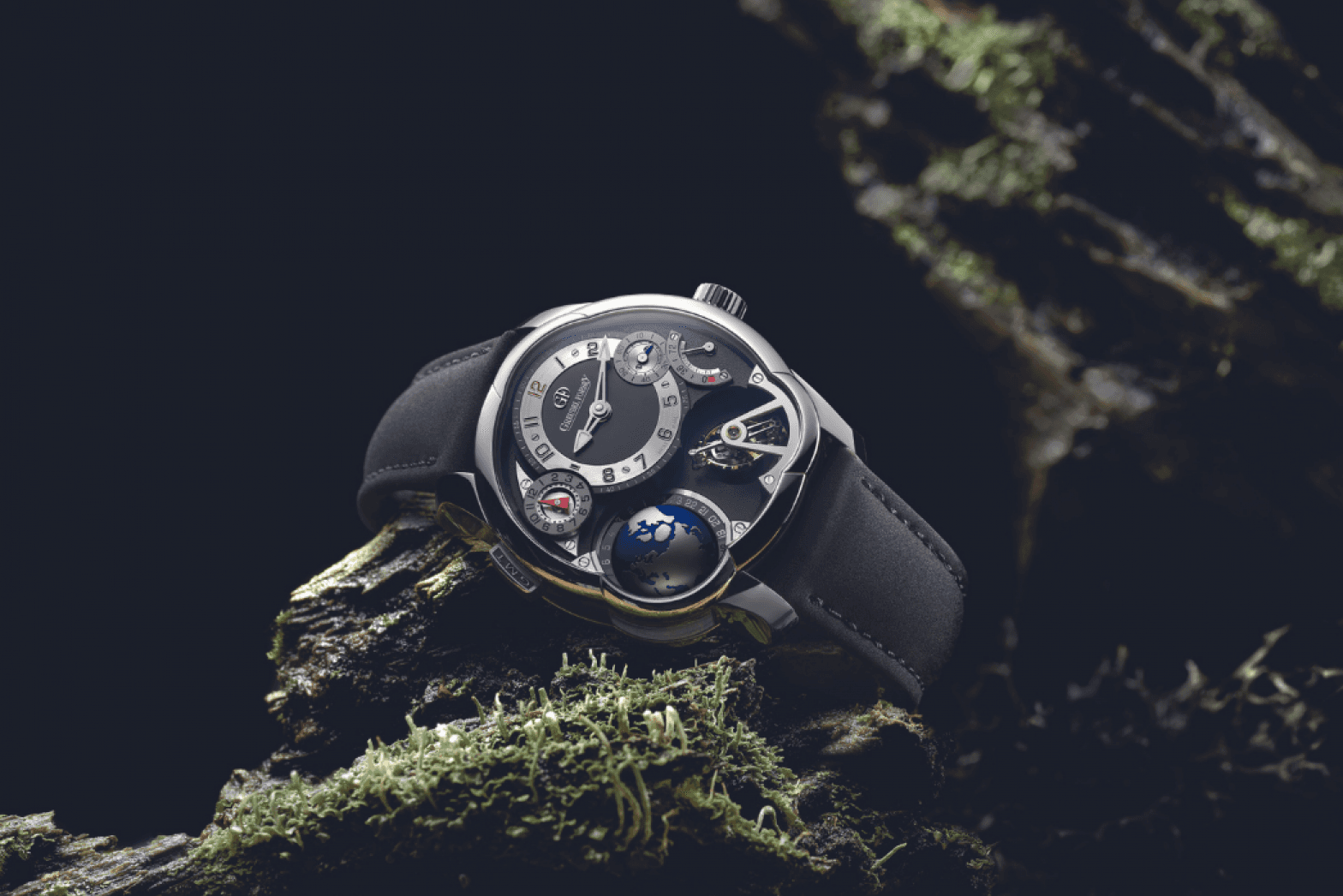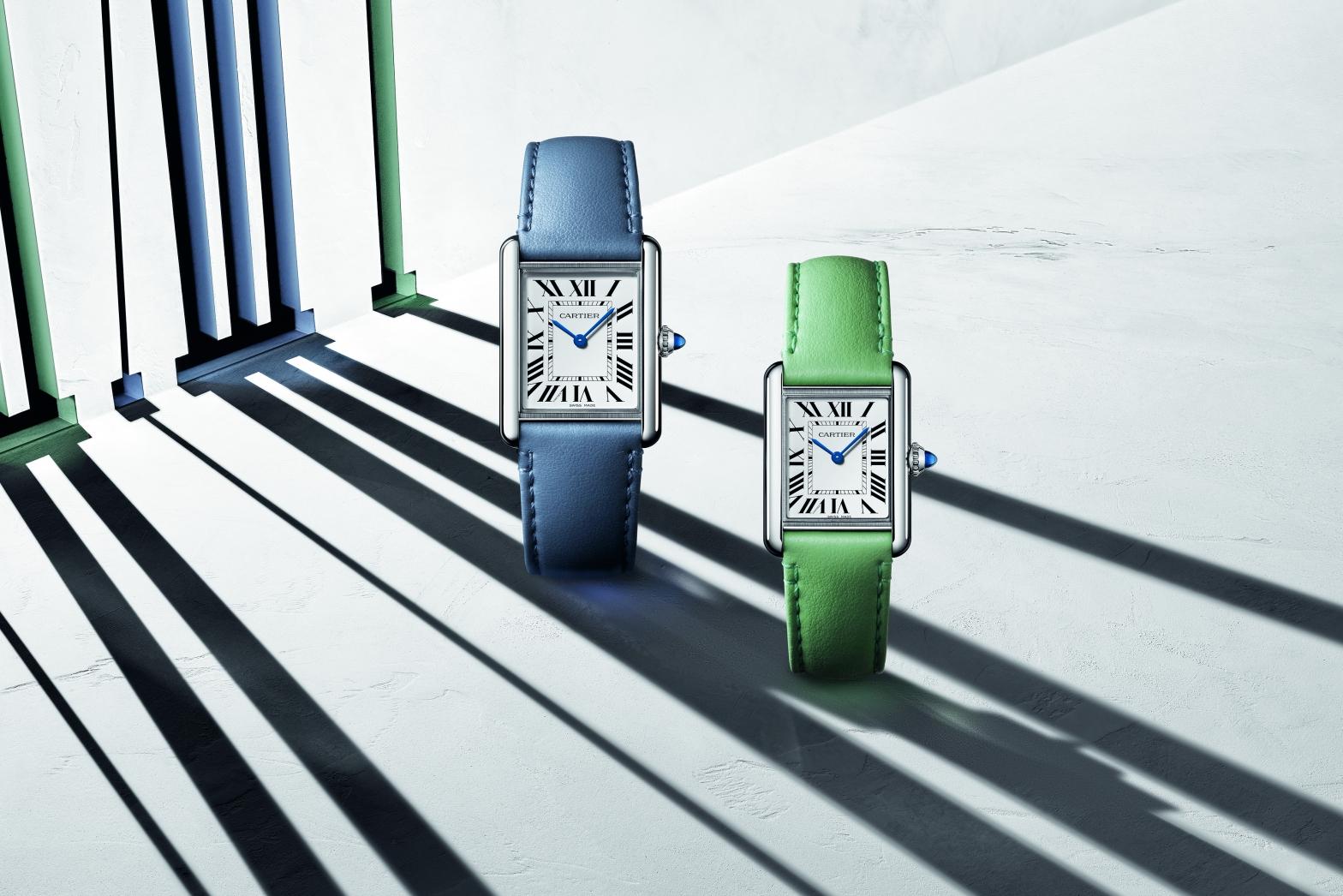
Symbolic of a broader societal shift, a sustainable luxury watch might not make the biggest difference in the world but it’s crucial to the global conversation on environmental sustainability in a way it has never been before
A few years ago, a watch brand promoting the amount of plastic in a luxury timepiece would have been unthinkable, as would making a watch out of waste products. But in 2022, the watch landscape is anything but expected. Sustainable watches, in both the making and the marketing, are increasingly important. But why?
Watches To Help The World
Watches that worked for the environment existed before this current wave of sustainable projects. Still, they were typically outliers; a targeted limited edition from a brand with ongoing corporate social responsibility programs. A classic example of this sort of approach is Blancpain's Ocean Commitment (BOC) project. Taking the form of a regular limited edition with a distinct colorway — blue for the Blancpain — this is an excellent example of sustainability or environmentalism as marketing. Buyers felt like they were making a difference, and a percentage from the sale of each watch went to supporting marine conservation. In the case of Blancpain, that bottom line amount was 1000 CHF from every watch. In an edition of 250 pieces, that translates to a decent chunk of change going to scientific expeditions and preserving marine environments. And while Blancpain's work in this field is very worthwhile (and I'd be surprised if the funds raised from limited editions represented the sole financial investment in charitable works), Blancpain also benefits from this association significantly. Not just in that intangible warm-and-fuzzy association between Blancpain and whale saving, but in very real and very meaningful ways.

The Fifty Fathoms line understandably is closely associated with the marine, and the BOC program adds legitimacy to that relationship through the form of incredible visual images used to promote the brand, through events and experiences and even through relationships with ambassadors like Laurent Ballesta.

It's a textbook example of a philanthropic partnership that benefits the community and brand equity in equal measure. But today, the landscape of sustainability in watches looks a little more complex.
Sustainability As Material Innovation
The above example of luxury's engagement with sustainability has been the dominant narrative for decades and isn't going anywhere. You'll find this sort of sustainability play in most major Swiss brands in some form or another, and some of them, like Rolex, don't even release a limited edition to mark the occasion. However, in recent years we're seeing brands offer a more tangible take on sustainability.


Panerai, a brand leading the charge on sustainable business practices, has started recycling its watch cases. The eLab-ID is a concept watch that is almost 100%25 recycled. The titanium case is more than 80%25 recycled. Everything you can see on the dial (including the sapphire crystal protecting it and the luminous material) is recycled. What's more, Panerai is very upfront about all its suppliers. It's an impressive statement, but as a $60,000 limited edition, you might wonder if sustainability is scalable. In answer to that question, Panerai introduced e-Steel alongside the eLab-ID. While it may not offer as much recycled content as the eLab-ID, e-Steel still offers a watch that is 58.4%25 recycled. What's more, it's offered in regular production pieces and very attractive ones at that.

It isn't just cases, though. Several watch brands are working with a Swiss business called #tide, which turns upcycled marine waste into yarn, filament and injection-moulding suitable plastics for commercial use. Of the 50 or so brands, or 'changemakers' listed as partners on #tide's website, 30%25 of them are watch brands. While #tide's plastic produce lends itself to a lower price point, plenty of upscale brands are getting in on the action. IWC offers paper-based TimberTex strap, Gruebel Forsey has phased out animal leather in favour of plant-based, and Cartier's Solarbeat Tank not only preaches sustainability through its low-waste solar cells, but also through a strap made from apple.
The watch industry has never been shy about experimenting with new materials, and sustainable materials are the flavor of the season. Surely it's only a matter of time until we see a Richard Mille case made from Rafa's racquet.


Ethical Materials, Ethical Businesses
Clever new case materials are still potentially in the realm of greenwashing — the act of putting a sustainable marketing spin on the same old business practices. Except it doesn't reflect the reality of what is happening in the Swiss manufactures. Driven in part by corporate governance, watch brands are making a meaningful change when it comes to sustainable business practices. Chopard, for example, has tackled one of the industry's biggest issues head-on, going to great lengths to ensure that its entire supply of gold is ethical, and it's the same story for its precious stones. IWC's Schaffhausen HQ is powered by 100%25 renewable energy, TAG Heuer is looking to the future of lab-grown stones. Another important aspect of building a more sustainable business is cutting down on freight and waste. Breitling is one of the brands that has done both, by scaling back on the traditional oversized watch box in favor of a flat-packed option. Not only does it take fewer air miles to haul across the planet, but it also doesn't take up precious space in your safe.
TAG Heuer's synthetic diamonds might be sexy, but the grittier parts of the watch industry like supply chains, energy sourcing and freight are a trickier marketing sell.

Marketing, Money And A Meaningful Difference
Sustainability isn't just good business, it's smart business. Not only are these luxury watch brands moving with the cultural tides that are seeing a sustainable view of the world as one more central, but they're also positioning themselves as powerful agents of change. Luxury watches have always been powerful aspirational objects — and if these objects are promoted in an ethical, sustainable way, well, that means something.
Of course, it also means that the brands making them are profiting, and not just from the sales of these new sustainable watches. A business that has been optimized to be better for the environment will typically have fewer overheads and bigger savings. Then there's what is arguably the biggest drawcard for brands in pursuing sustainability—the circular economy.
The concept of a circular economy is pretty simple. It proposes a closed loop, with minimal waste and products with a long lifecycle. Luxury watches as a category are pretty good on this front, with no built-in obsolescence to worry about. For watch brands, an ideal circular economy is one where they own their own aftermarket sales. After all, if a brand can do this, not only does that give it a better ability to reuse its own product and reduce overproduction, but it also allows the brand to profit off the same watch two times. You can see the appeal.
Does It Make A Difference?
So, why are watches suddenly sustainable? Well, the truth is they're not. Sustainable business practices and partnerships have always existed in the watch industry. Today it's just more in line with broader cultural trends. Environmental sustainability is a central part of the global conversation in a way it has never been before, and watch brands have to get on board to remain relevant. In addition, sustainable business is profitable business. From an optics point of view, it looks good for consumers, especially the younger generation for whom ethical consumption is a big concern. Sustainability can also lead to greater profits through less wasteful production processes. But more sustainability is more than this. To reduce it to a cold, return on investment calculation ignores the human factor, of people in these companies wanting to do their bit to make the world a better place, by using their influence for good. So while a single sustainable luxury watch might not make the biggest difference in the world, it does make a difference, and more importantly, it's a symbol of a broader societal shift. That's what really matters.
